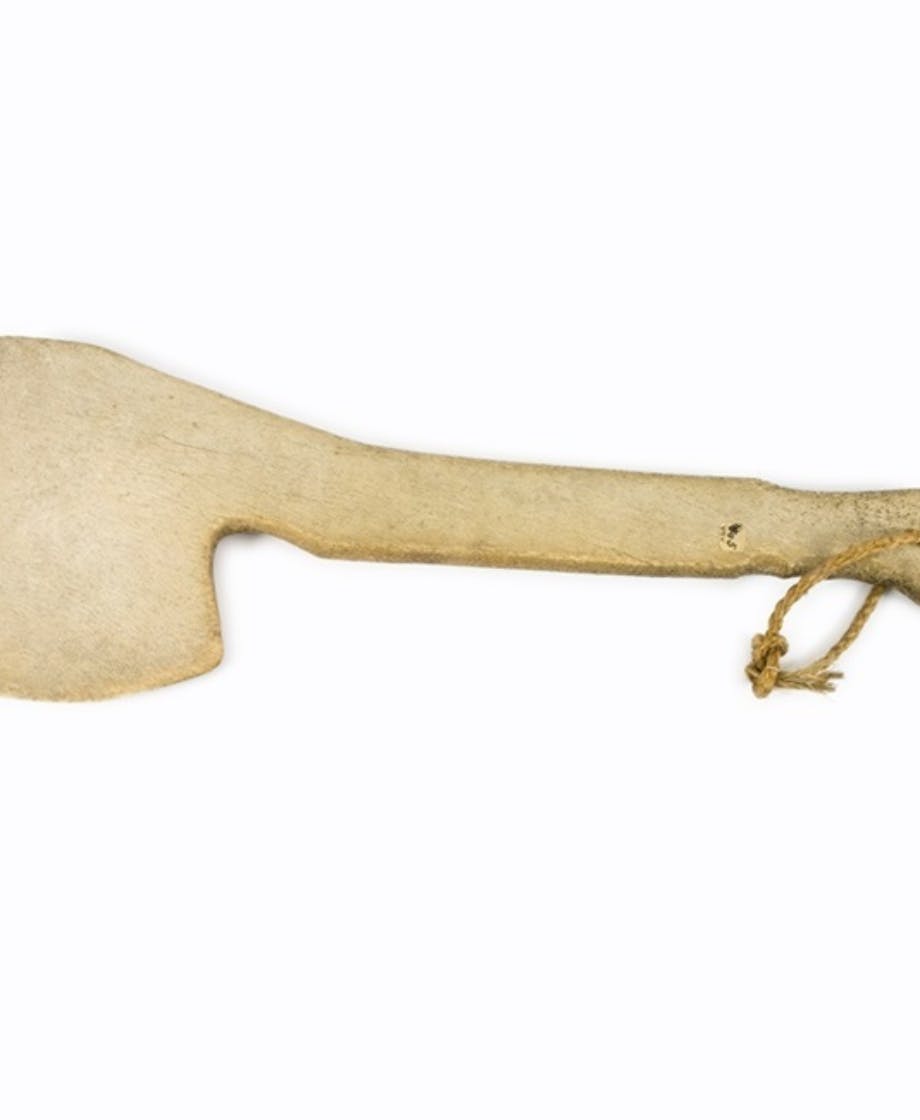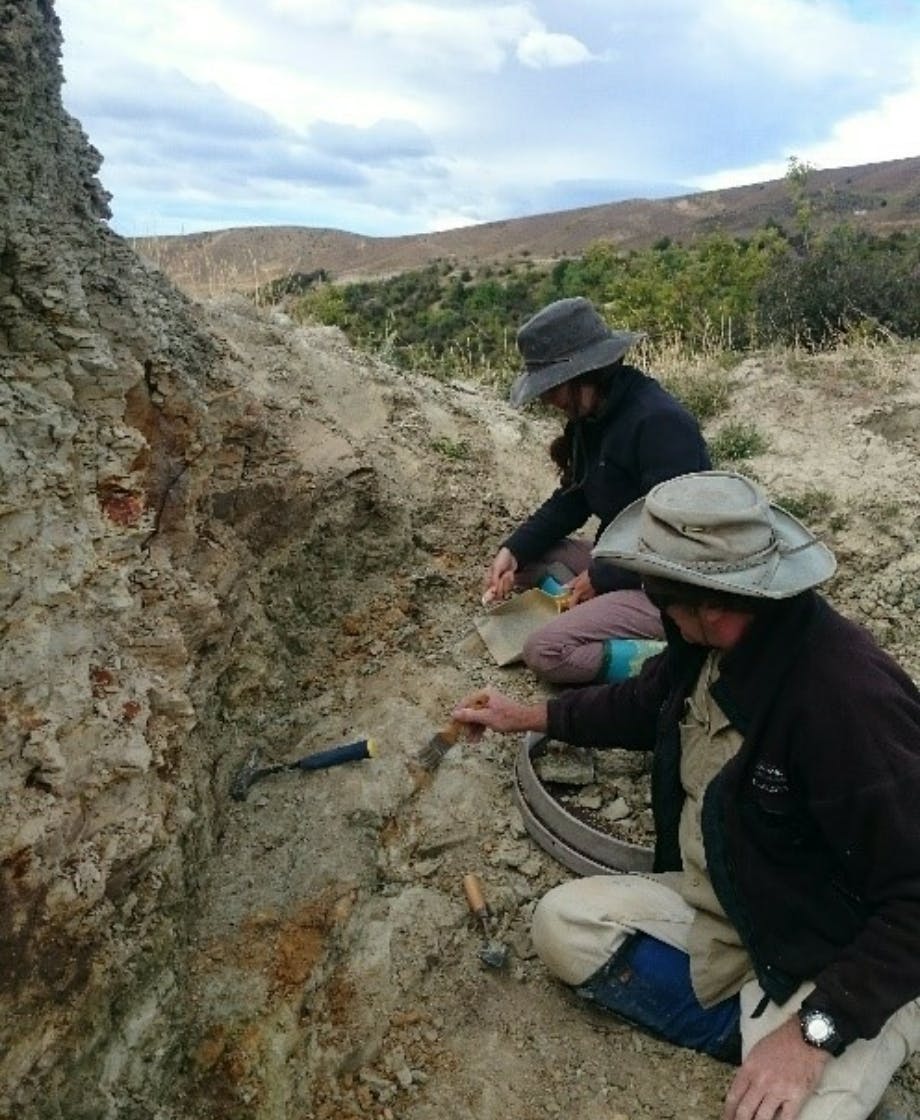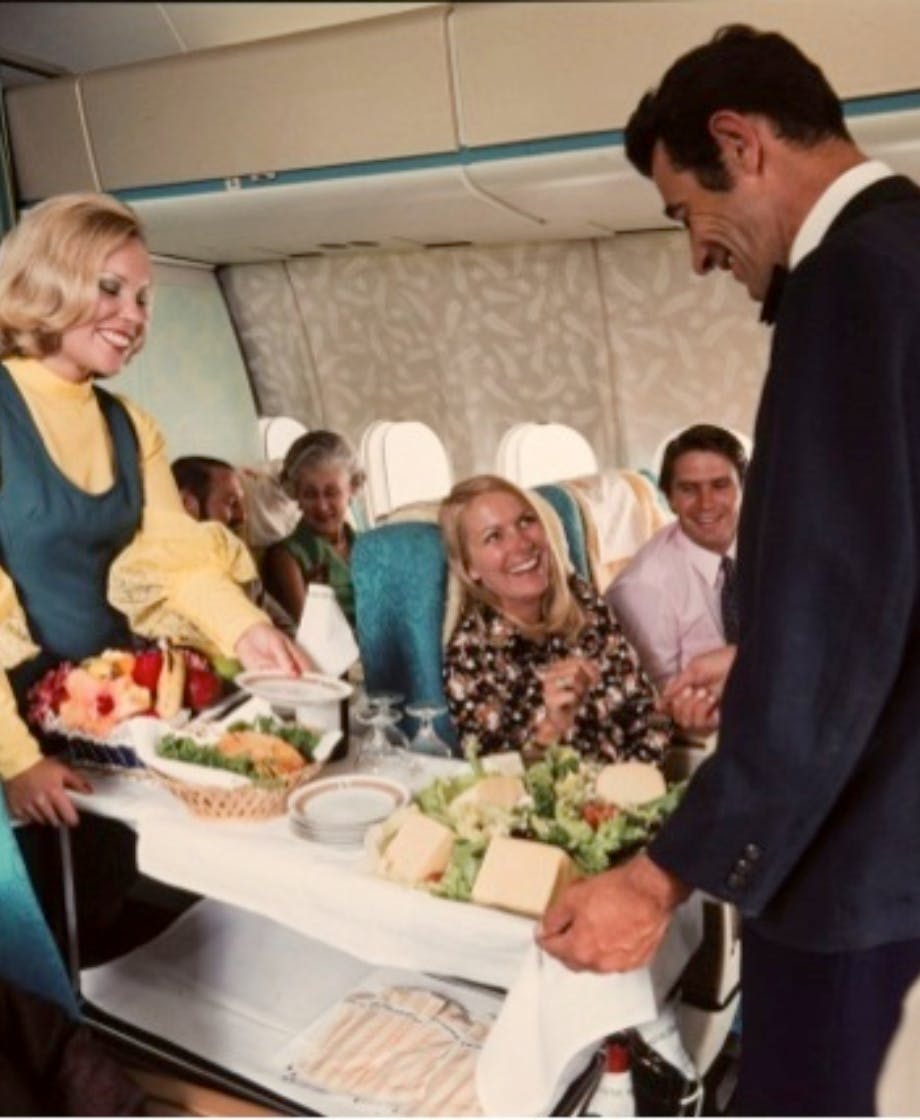The fallout from World War One and the Spanish Influenza spurred public health advocates to urge people to make wise choices about food.
From the 1900s nutrition featured as a new frontier of scientific research. Universities established Home Science departments as they believed that women needed to know about hygiene in the kitchen, what temperature to cook foods at, how to plan healthy meals and know how to build up bodies following sickness.
Otago University College established the School of Home Science in 1911. The Christchurch Technical College (now known as Ara Institute of Canterbury) did the same. Many students planned to work as teachers, Karitane (Plunket) nurses, or domestic helpers; others married farmers or ran hostels.
Cookery books often carried an explicit message: good nutrition was an individual responsibility. An example from the Canterbury Museum collection is M A Blackmore’s Recipes for use in Home Science Classes, 8th revised edition (1942). Not many books were published during World War Two due to paper rationing but Blackmore's book must have been considered important enough to see print.
M A Blackmore wrote many instructional cookery books for the Canterbury Education Board throughout the 1920s and 1940s. The book below belonged to Barbara McDonald. Her name is written in pencil on the front cover along with the name of her school, St Mary's (now Marion College) in Christchurch. The girls in the photograph on the front cover are annotated on the inside cover: left, Pauline Lloyd; right Bernadette Manning.
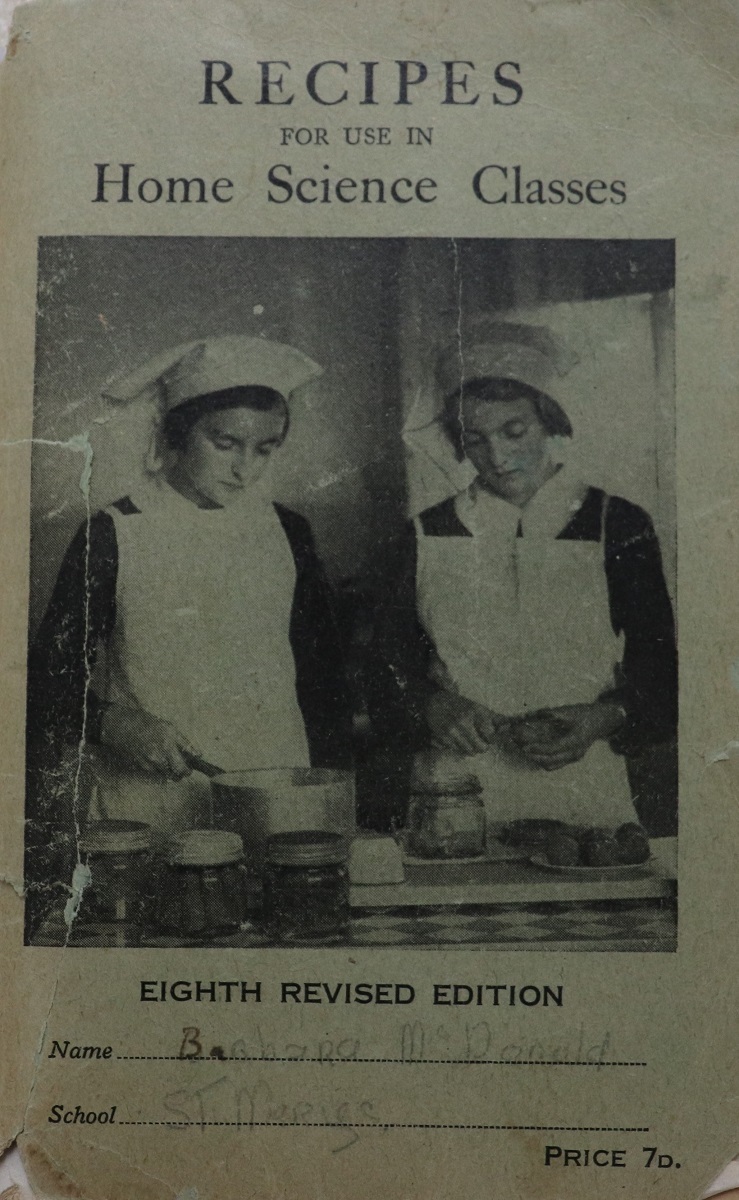
Recipes for Use in Home Science Classes teaches recipe building. Students learn foundation recipes for custards, cakes, scones, puddings and soup stocks. The book also sets out general kitchen rules: make sure (a) your hands and nails are clean (b) your hair “out of the way” (c) your apron clean (d) you have everything needed, and (e) your utensils are “quite clean".
Blackmore’s sensible meal plans focus on taste, variety and texture. For example: “if a soft food is served, something that requires chewing should be served with it” such as lentil soup and bread rusks. Soup is one of the foundation foods, and the first recipe discusses the essentials of a good stock.
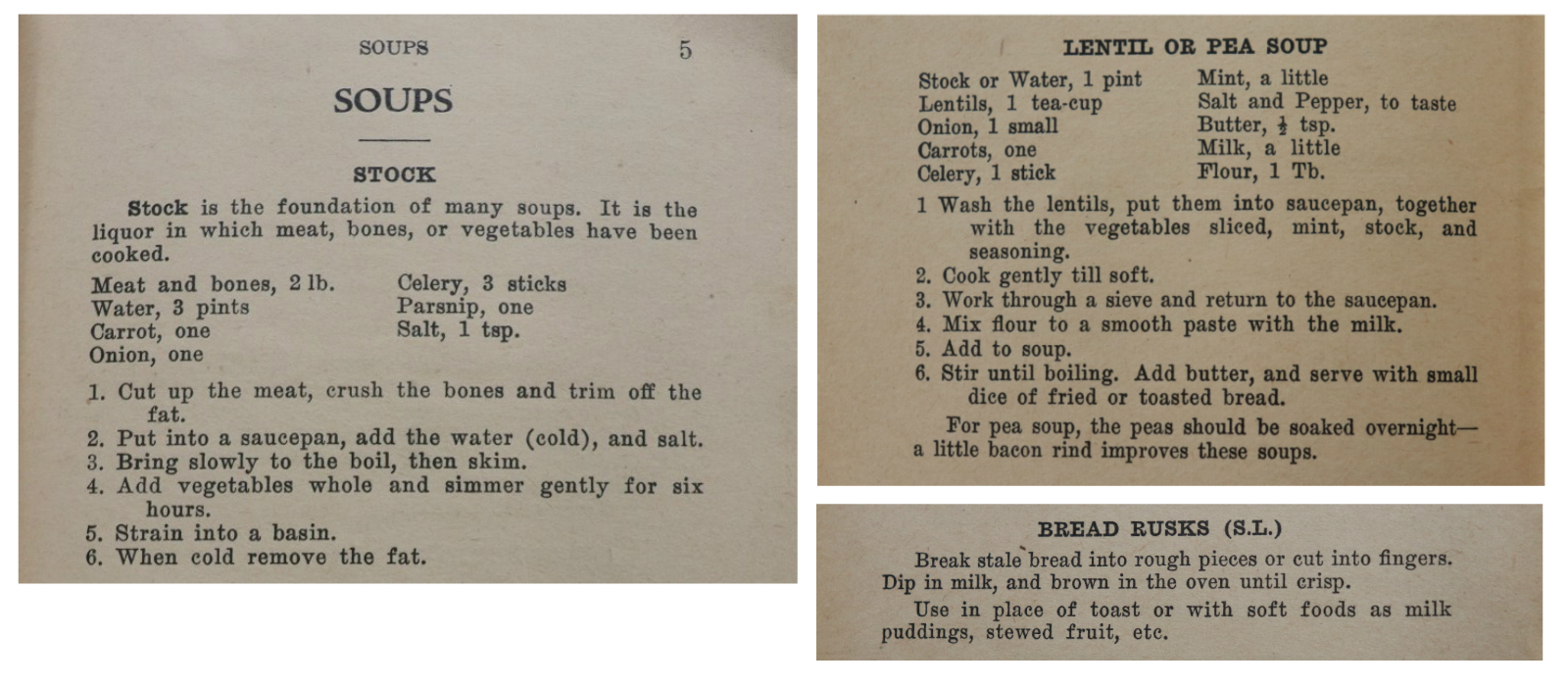
In the “Fish and Other Sea Foods” section Blackmore addresses a specific New Zealand problem: that many locally grown foods were low in iodine. There were many cases of goitre, a swelling in the neck resulting from iodine deficiency. As a corrective, salt was iodised in 1924 (levels were increased in 1940). Iodine is important for metabolism and cognition. Māori already valued iodine-rich kai moana (seafood) as an essential food. This book instructs students to eat saltwater fish, in particular kelp-feeding fish, as well as shellfish and seaweed. The recipe below uses seaweed to thicken fruit juice: in a way, it's like a spirulina smoothie. Blackmore also provides guidance on adding seameal, a seaweed preparation, to soups, stews and preserves. Seameal is no longer marketed in New Zealand.
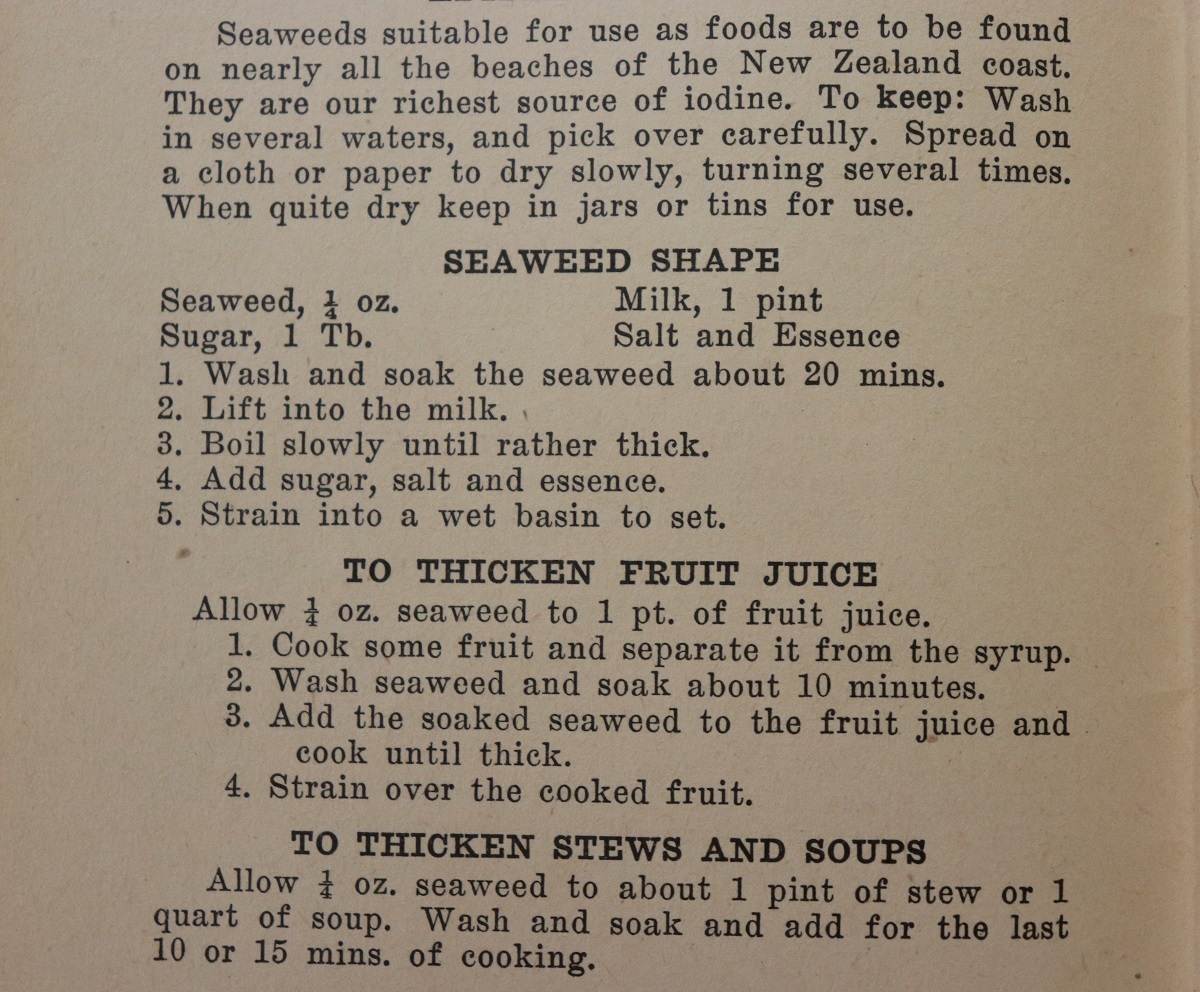
School lunches feature in a full page spread with suggestions drawn from the Auckland branch of the Otago University Home Science Alumna. Young ladies demonstrate the art of preparing a school lunch and setting the lunch table.
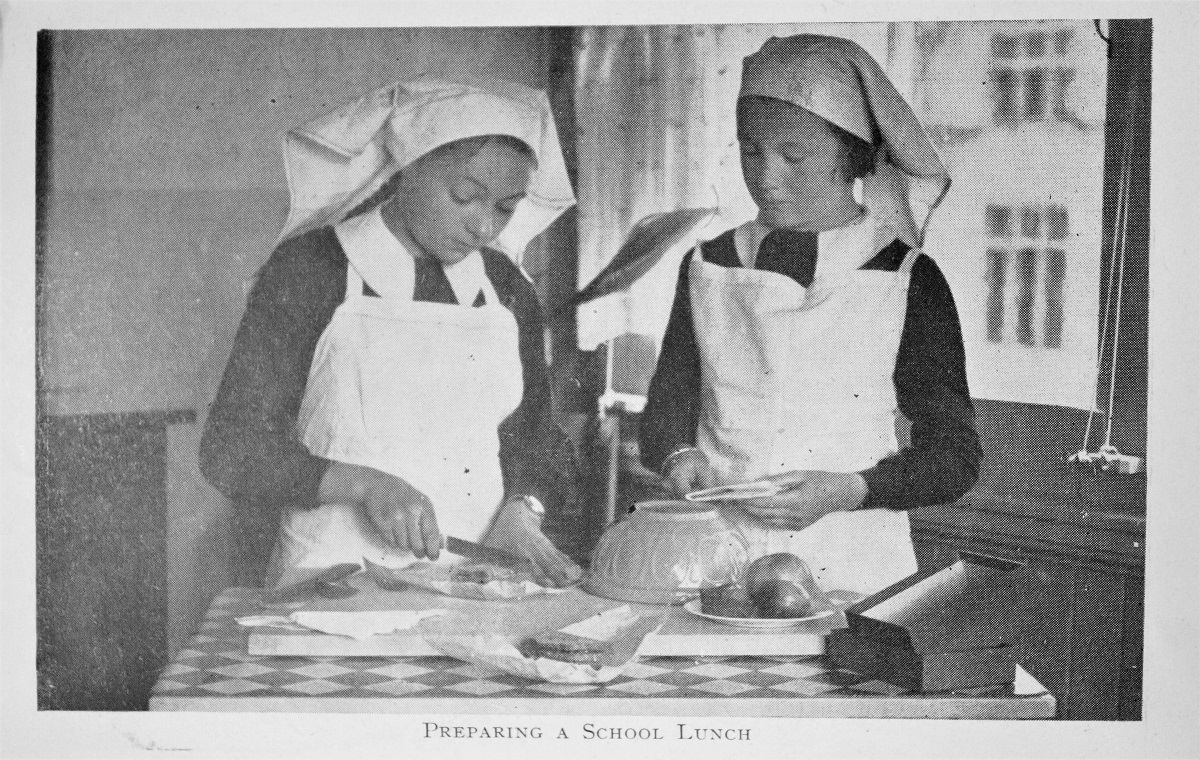
After World War Two, household management practices changed as more women entered or remained in the workforce. Radical changes also occurred in food production, cooking technology and shopping habits. Overall, people were further removed from their food sources. Thinking of contemporary public health problems, such as malnourishment in eldercare, the rise in type 2 diabetes, or caring for loved ones with compromised immune systems, it may be worth having a look at Blackmore’s World War Two recipes.
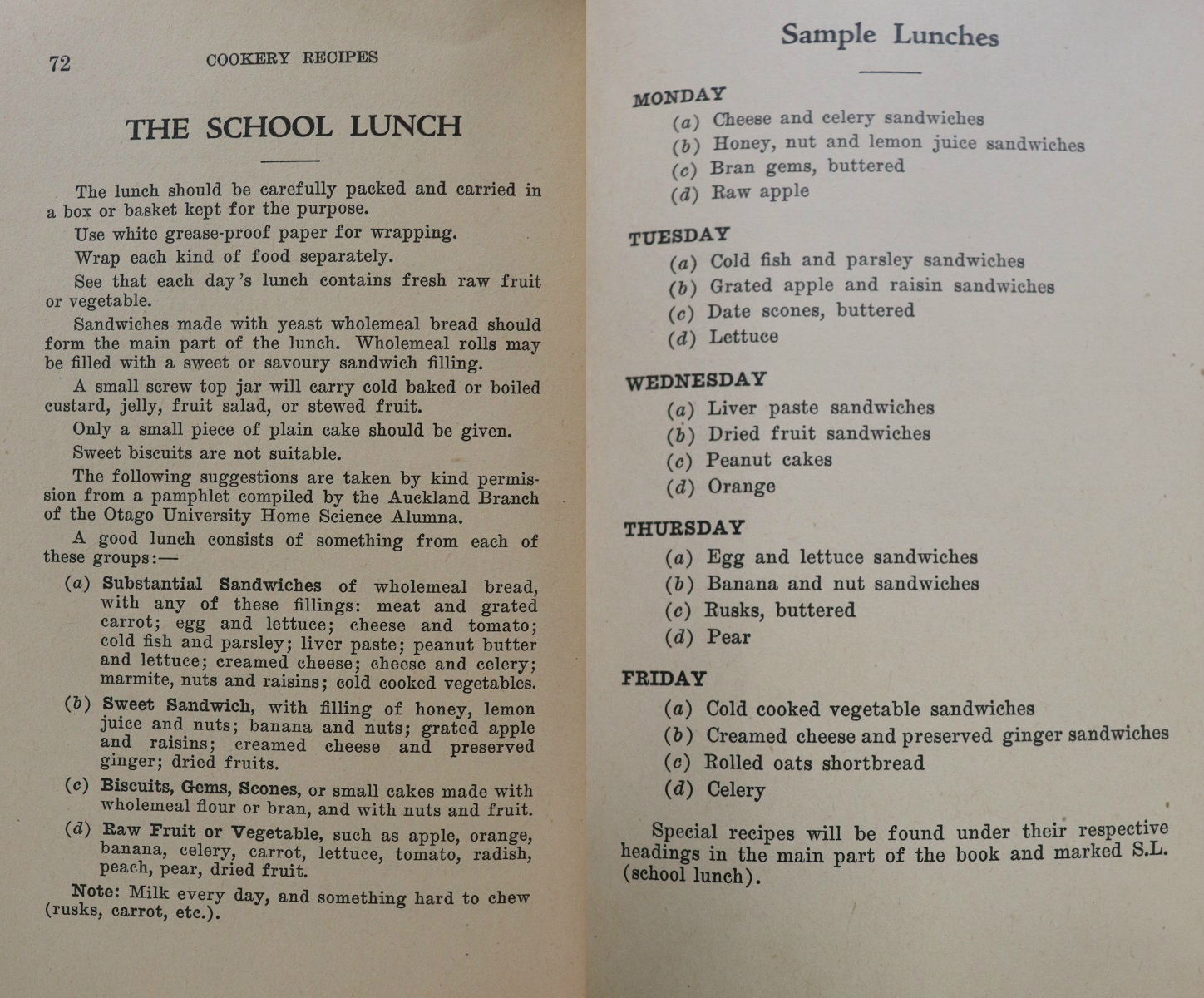
Sources:
M A Blackmore. 1942. Recipes for use in Home Science Classes, 8th Revised Edition. Canterbury Museum 2/2001 LIB30261



